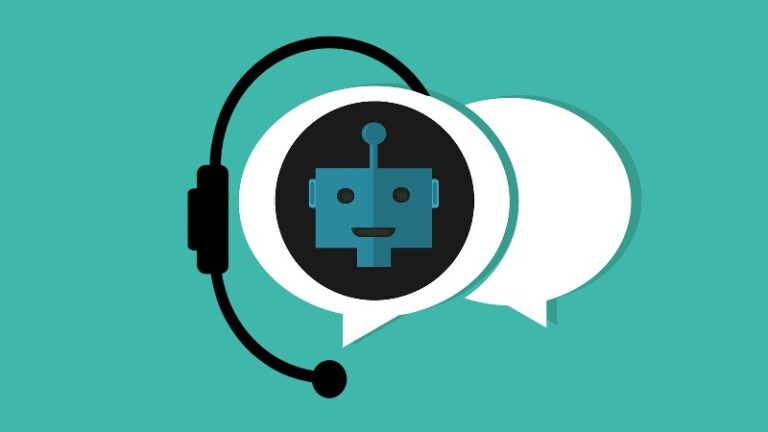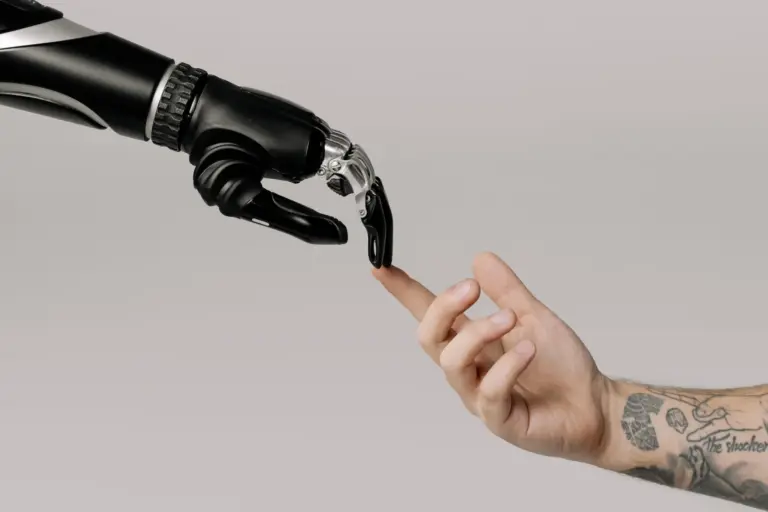Gusto’s Tech Chief Rejects the Need for AI Specialist Armies

In a recent interview with TechCrunch, Edward Kim, Gusto’s co-founder and head of technology, shared his views on how companies should integrate AI into their operations.
Contrary to the trend of hiring armies of AI specialists, Kim believes in tapping into the existing workforce’s potential, particularly those with non-technical backgrounds. According to him, non-technical team members often have a deeper understanding of customer needs and can thus significantly contribute to AI development.
Kim discussed Gusto’s latest AI product, Gus, which simplifies interactions between the company’s software and its users. Unlike traditional AI tools that add multiple AI-operated features, Gus offers a streamlined experience by suggesting helpful actions like generating job descriptions when needed. This approach not only enhances user experience but also avoids the clutter of unnecessary features.
The evolution of AI and machine learning has reached a point where creating applications no longer requires deep coding knowledge. Tools have become more intuitive, allowing people who are not software engineers but have technical inclinations to build impactful AI-driven applications.
For instance, a customer experience tool named CoPilot, which was developed for internal use at Gusto, enables the customer support team to obtain instant answers to user queries from an internal knowledge base, significantly improving efficiency.
An inspiring example from within Gusto is Eric Rodriguez, a former customer support team member who transitioned to a software engineering role. Rodriguez developed a CoPilot tool that greatly assists the customer support team.
His journey from a non-technical position to becoming a key member of the AI development team exemplifies the potential of non-traditional pathways in technology careers.
Gusto’s strategy involves using the domain knowledge of its customer support team to enhance AI capabilities. These team members can write ‘recipes’ or instructions for Gus, allowing it to guide customers through common problems without the need for coding expertise. This method not only empowers non-technical employees but also aligns AI development with real customer needs.
Kim emphasized a bottom-up approach to AI development, where those who interact directly with customers play a crucial role in guiding AI functionality. This strategy contrasts with the top-down methods where AI initiatives are often disconnected from the actual user experience.
By involving non-technical employees in AI development, Gusto not only enhances its service offerings but also fosters an inclusive and innovative workplace culture.
Looking forward, Kim anticipates that roles within the company will evolve, with customer experience staff focusing more on developing AI functionalities rather than merely responding to customer inquiries.
This shift is expected to increase efficiency and improve the overall customer experience, enabling Gusto to explore new service avenues and better meet client needs.






